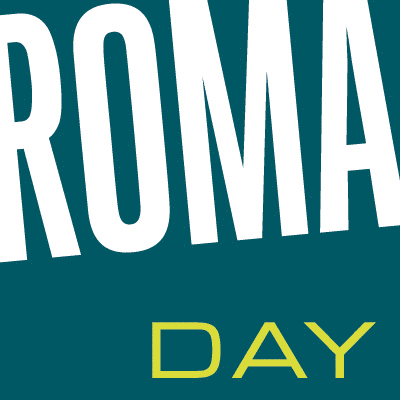Antiziganism
Who are the Sinti and Romani people?
Roma have been living in Europe for over a thousand years. Their ancestors came from India. In Romani, their language comprising a multitude of dialects, Roma means people. Sinti refers to those who have been at home in the German-speaking region for over 600 years. Currently consisting of up to 16 million people, the Roma are the largest European minority. Roma is used to refer to the members of the Sinti and Romani minority living in Eastern and South Eastern Europe. Roma are citizens of their respective home countries, speak the national language and follow the local majority religions. In their centuries of history, the Roma adopted the customs of their surrounding environment and on their part have shaped the culture and economy. Here they were particularly successful in certain occupations: in trade and crafts, music and entertainment. However, most experience hostility and discrimination in many countries, provided they identify themselves as Roma.
What is antiziganism?
Derived from antisemitism (hostility towards Jews), antiziganism is the technical term for hostility towards Roma. It originally comes from the word »gypsy« and literary means »against gypsies«. However, gypsy is not just any word – from 1933 to 1945 the National Socialists persecuted the Sinti and Roma as »gypsies« throughout Europe. Up to half a million people fell victim to this terror.
Antiziganism persists even today: according to studies, over 50 percent of Germans would prefer Roma and Sinti not to »stay in their area«. This stance leads to societal and state ostracism, discrimination and persecution. An everyday example could be as follows: a pub landlord refuses to serve Sinti, houses occupied by Roma are set on fire and ‘gypsy’ is a common expletive.
Antiziganism refers to a collection of centuries-old thought patterns that are spread throughout Europe. These thought patterns persist detached from personal experiences with Roma or Sinti. Those affected have no means of breaking down these stereotypes. Roma are the victims of targeted violence in quite a number of countries.
Memorial to the Sinti and Roma of Europe Murdered under the National Socialist Regime
The Memorial to the Sinti and Roma of Europe Murdered under the National Socialist Regime is a remembrance to up to half a million people who were killed as »gypsies« between 1939 and 1945. It was not until 1982 that the former German chancellor Helmut Schmidt (1918 – 2015) officially acknowledged these crimes against Sinti and Roma as genocide. The fact that there is this national memorial today is primarily thanks to the commitment of members of the minority themselves – in particular their Central Council. They had few supporters in society and politics. In 1992, the Federal Government expressed the intention for creating a memorial for the murdered Sinti and Roma. In 2001 the Central Council submitted the signatures of 1,630 survivors to the Federal Government. They requested the swift implementation of the memorial. Construction began seven years later in 2008. On 24th October 2012 – 30 years after the first official recognition of the genocide of Sinti and Roma and over 20 years after the first initiative – it could finally be handed over to the public. Since then, it has been managed by the Foundation Memorial for the Murdered Jews of Europe.
